13 Ways to Make Cheap Ingredients Taste Expensive
Turn everyday, budget-friendly ingredients into dishes that taste like they belong on a high-end restaurant menu with these clever tips.
- Chris Graciano
- 4 min read
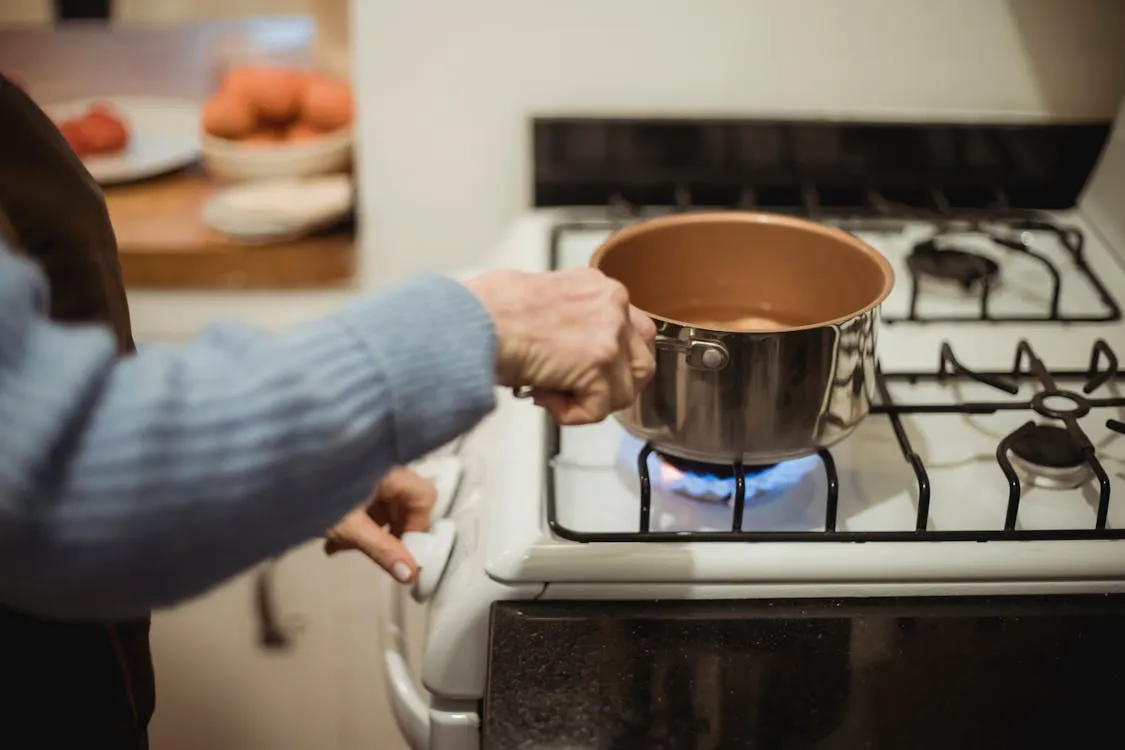
Cooking on a budget doesn’t mean you need to sacrifice flavor or quality. By using smart techniques and pairing simple ingredients, you can make affordable meals taste gourmet. From mastering seasoning to upgrading presentation, these 13 tips will elevate your cooking without breaking the bank.
1. Master the Art of Seasoning
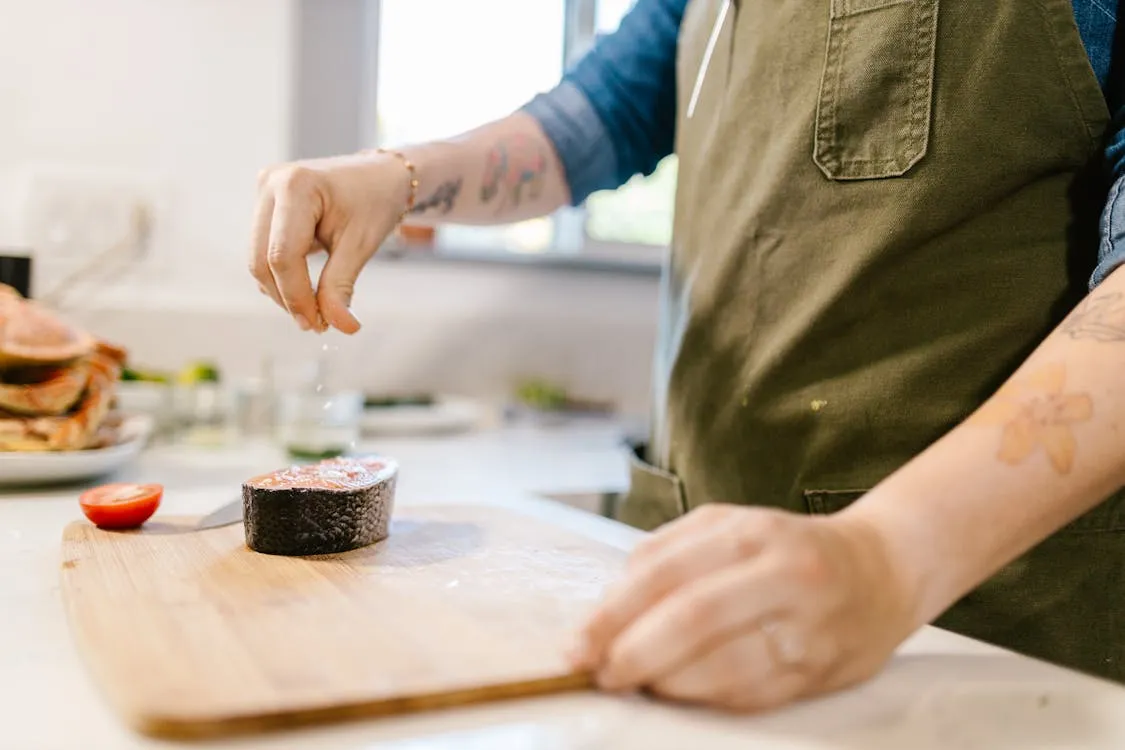 RDNE Stock project on Pexels
RDNE Stock project on Pexels
Good seasoning transforms bland ingredients into something magical. Use salt, pepper, and spices strategically to enhance natural flavors. Layer your seasonings at different stages of cooking to create depth and complexity. Don’t underestimate the power of fresh herbs, either.
2. Make Homemade Stocks and Broths
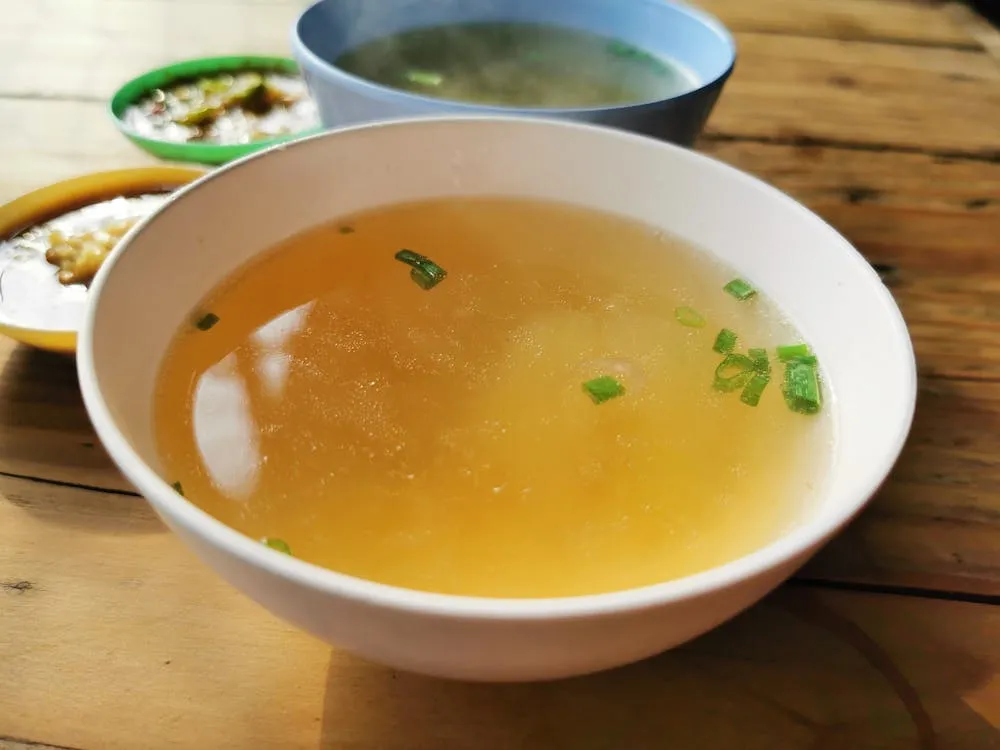 jenvit keiwalinsarid on Pexels
jenvit keiwalinsarid on Pexels
A flavorful stock can elevate any dish, from soups to sauces. Save vegetable scraps, bones, and herbs to create a rich, homemade broth. Store-bought versions often lack depth, but making your own adds a luxurious, homemade touch to even simple recipes.
3. Add a Splash of Acid
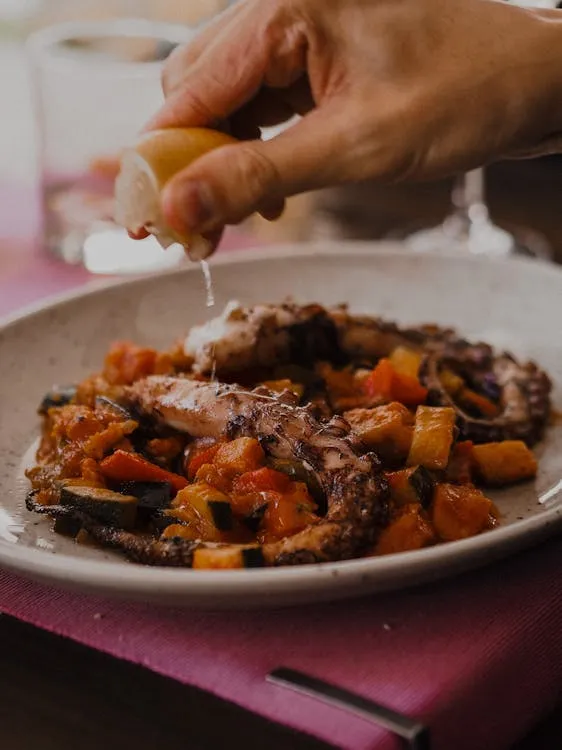 Pelageia Zelenina on Pexels
Pelageia Zelenina on Pexels
Lemon juice or vinegar can brighten up flavors and balance richness. Even a simple vegetable dish can taste sophisticated with a squeeze of lime. Try to experiment with different types of acids to find the perfect balance.
4. Use High-Impact Garnishes
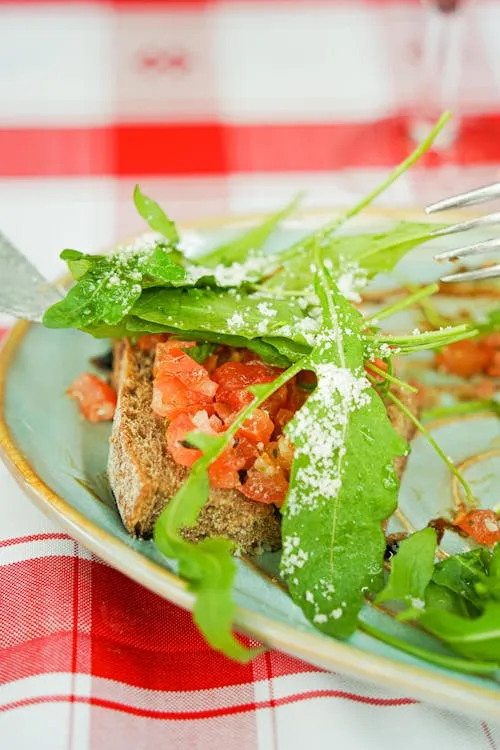 Marion Batteur on Pexels
Marion Batteur on Pexels
A sprinkle of toasted nuts, grated cheese, or fresh herbs instantly elevates presentation and flavor. These small additions add texture and complexity to any meal. With thoughtful garnishing, even the simplest pasta or soup can look and taste refined.
5. Cook Low and Slow
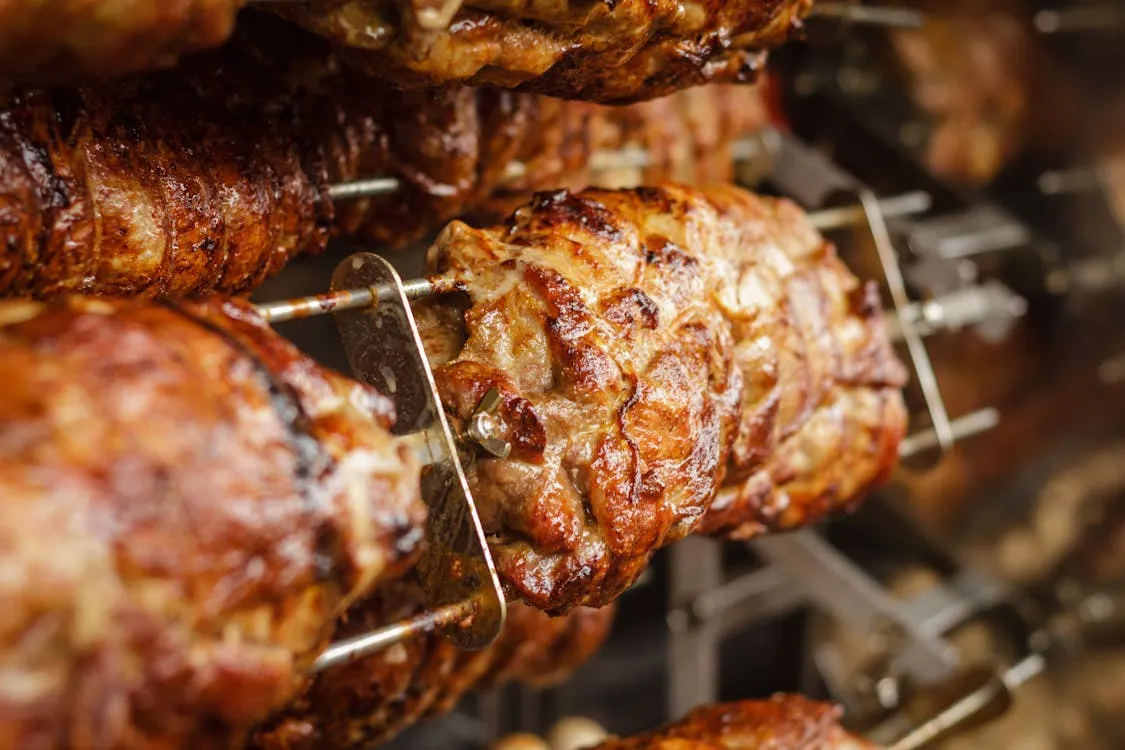 Pixabay on Pexels
Pixabay on Pexels
Slow cooking transforms inexpensive cuts of meat and simple vegetables into tender, flavorful masterpieces. Stews, braises, and slow-roasted dishes develop layers of flavor over time. This technique adds richness and complexity that tastes anything but cheap.
6. Experiment with Spice Blends
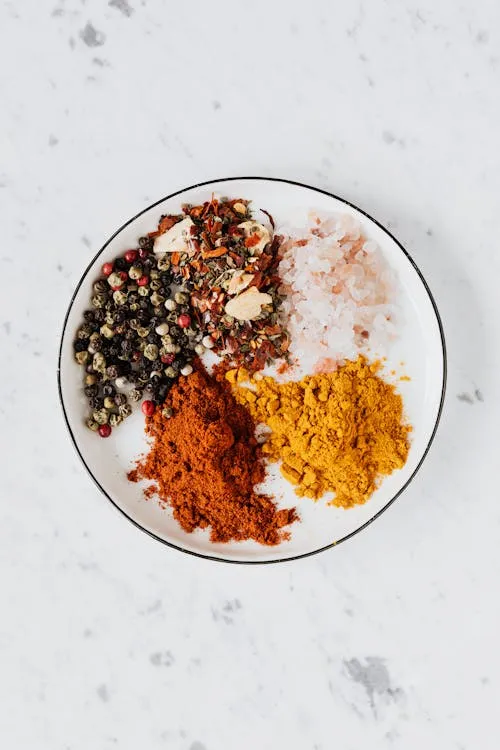 Kaboompics.com on Pexels
Kaboompics.com on Pexels
Pre-mixed spice blends or homemade combinations can elevate dishes to the next level. From curry powders to za’atar, spices add depth and a global flair. With the right seasoning mix, even the simplest lentils or rice can feel gourmet.
7. Embrace Caramelization
 Mike Jones on Pexels
Mike Jones on Pexels
The Maillard reaction, which happens when food browns, creates irresistible flavors. Roast vegetables, sear proteins, or caramelize onions to bring out natural sweetness and depth. A little patience with heat can transform ordinary ingredients into extraordinary dishes.
8. Upgrade with Butter or Olive Oil
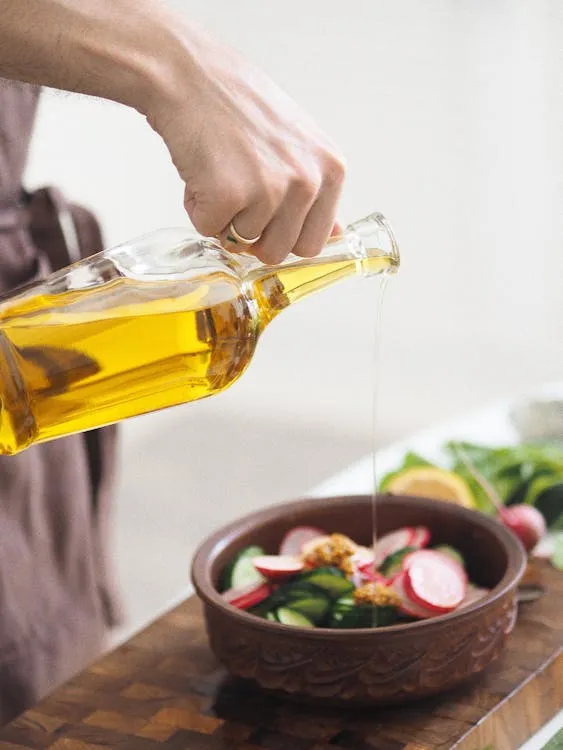 Maria Verkhoturtseva on Pexels
Maria Verkhoturtseva on Pexels
A drizzle of high-quality olive oil or a pat of butter at the end of cooking adds richness and shine. These fats enhance flavors and provide a velvety texture. For the most impact, choose fragrant olive oil or cultured butter when cooking.
9. Incorporate Umami-Rich Ingredients
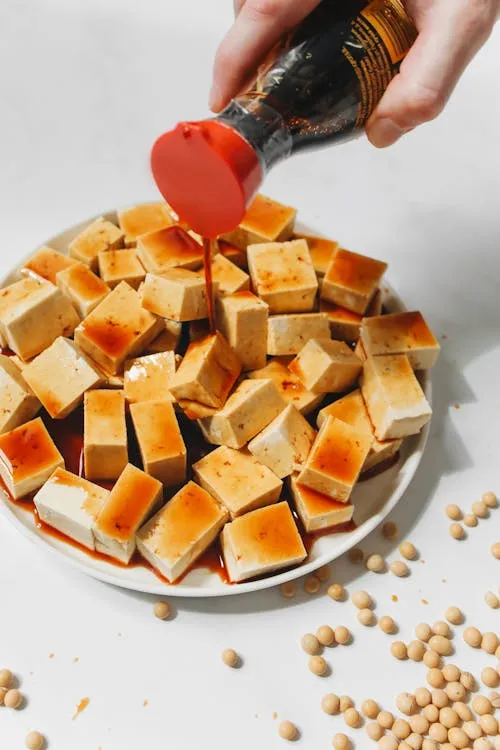 Polina Tankilevitch on Pexels
Polina Tankilevitch on Pexels
Soy sauce, miso, Parmesan, or mushrooms can make dishes taste more complex. Even a small amount can enhance savory flavors and create a more luxurious eating experience. Use sparingly to amplify the natural flavors of the dish.
10. Focus on Presentation
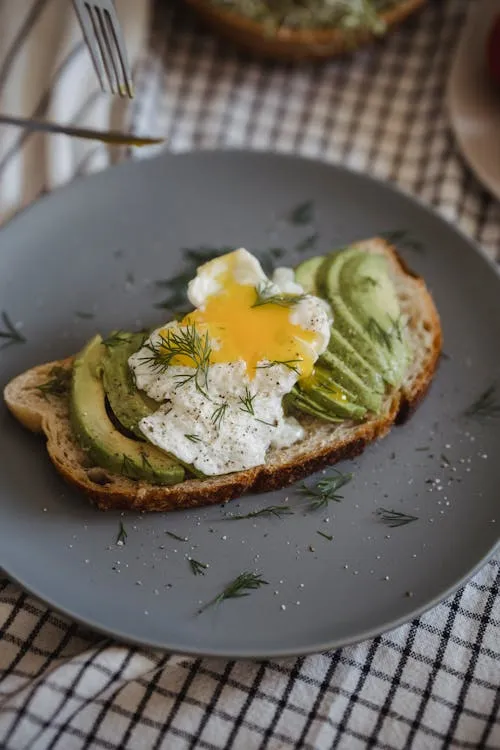 Nicola Barts on Pexels
Nicola Barts on Pexels
Plating matters, even at home. Arrange food thoughtfully, clean the edges of plates, and use garnishes to add visual appeal. A beautiful presentation can make even the most humble ingredients look special.
11. Toast Your Spices
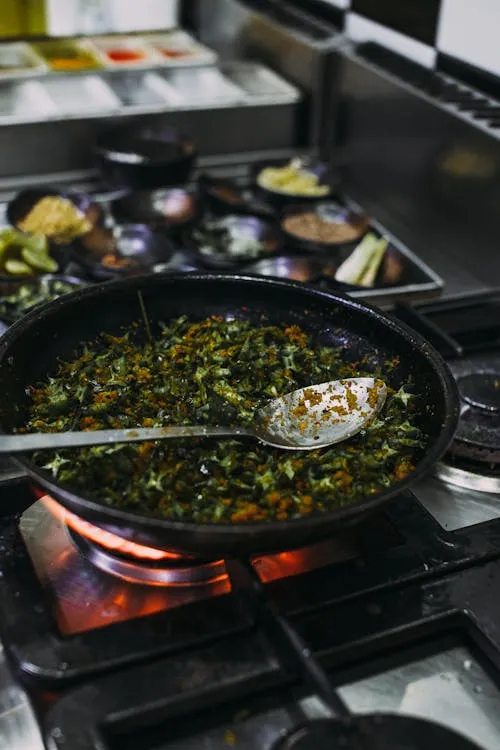 Rachel Claire on Pexels
Rachel Claire on Pexels
Toasting spices releases oils and enhances flavor. Add them to a dry pan for a few seconds before cooking. This small step creates a more aromatic and layered dish, making inexpensive ingredients taste high-end.
12. Add a Dash of Alcohol
 RDNE Stock project on Pexels
RDNE Stock project on Pexels
A splash of wine, beer, or spirits can instantly create depth and sophistication because alcohol enhances flavors and adds complexity to sauces, soups, and stews. Don’t worry about getting drunk; the alcohol burns off during cooking, leaving only the delicious taste behind.
13. Invest in the Right Textures
 Zeynep M. on Pexels
Zeynep M. on Pexels
Texture can make an ordinary dish feel gourmet. Add crunch to your dishes with breadcrumbs, creaminess with yogurt, or chewiness with roasted grains. Balancing textures ensures every bite is enjoyable and satisfying, even with simple ingredients.